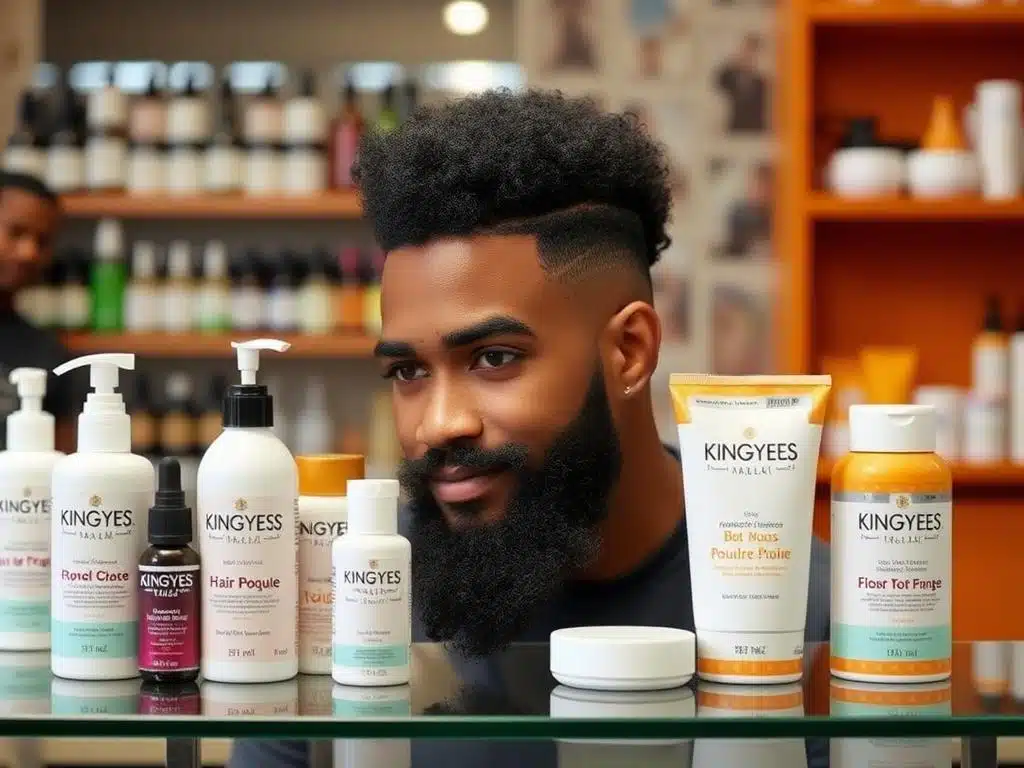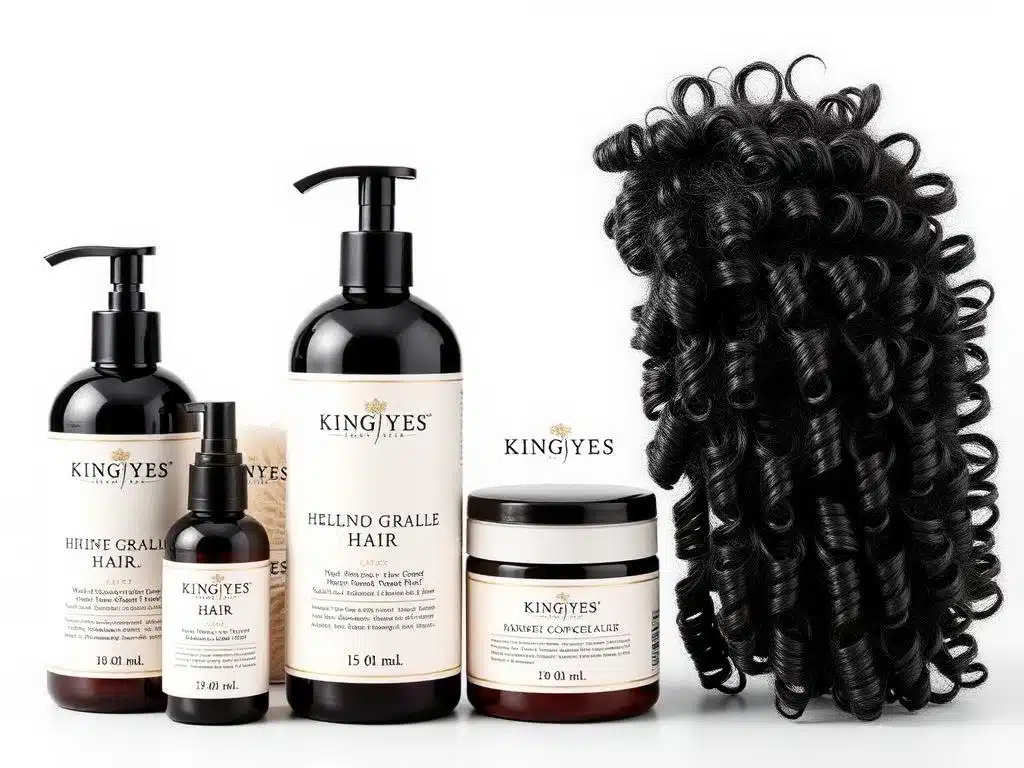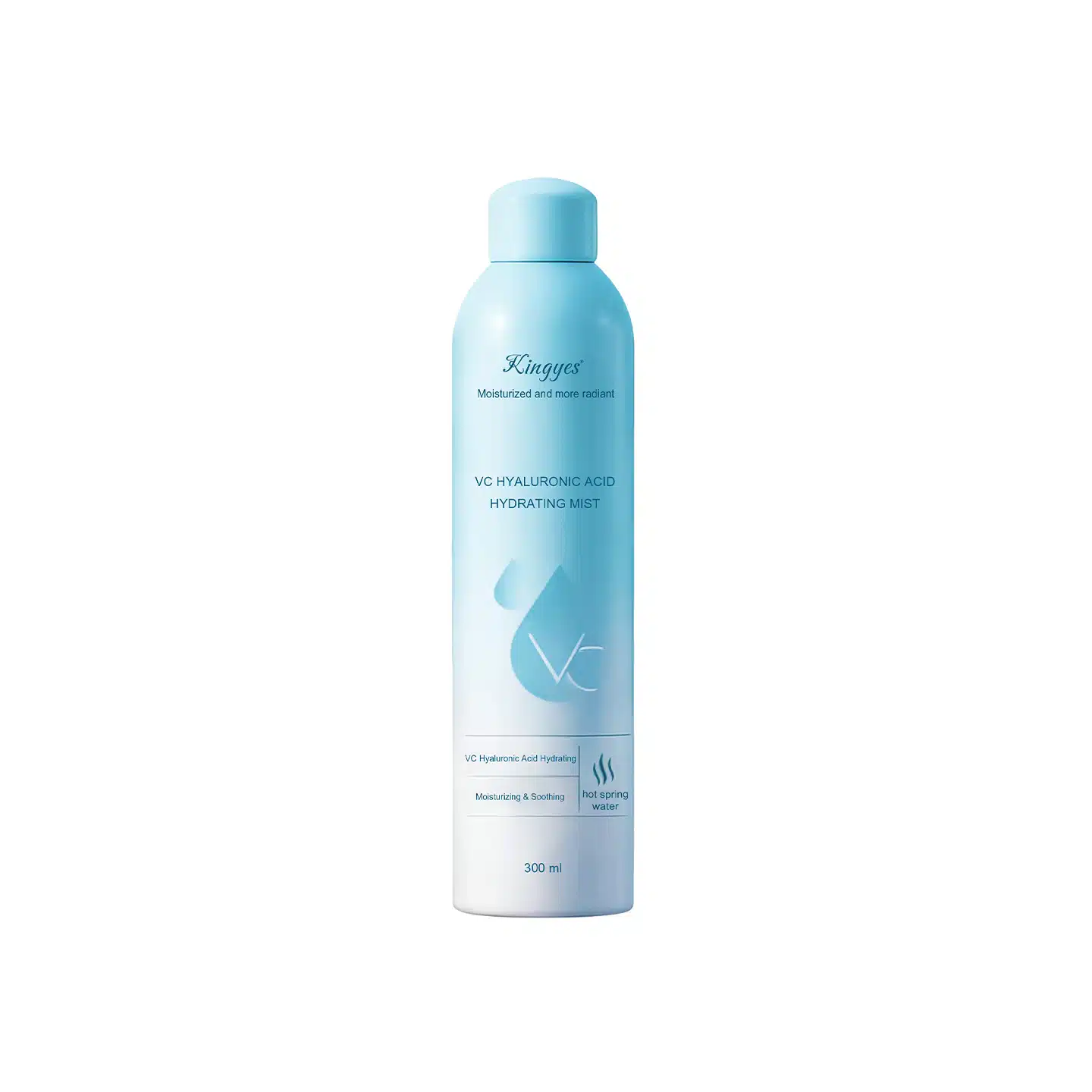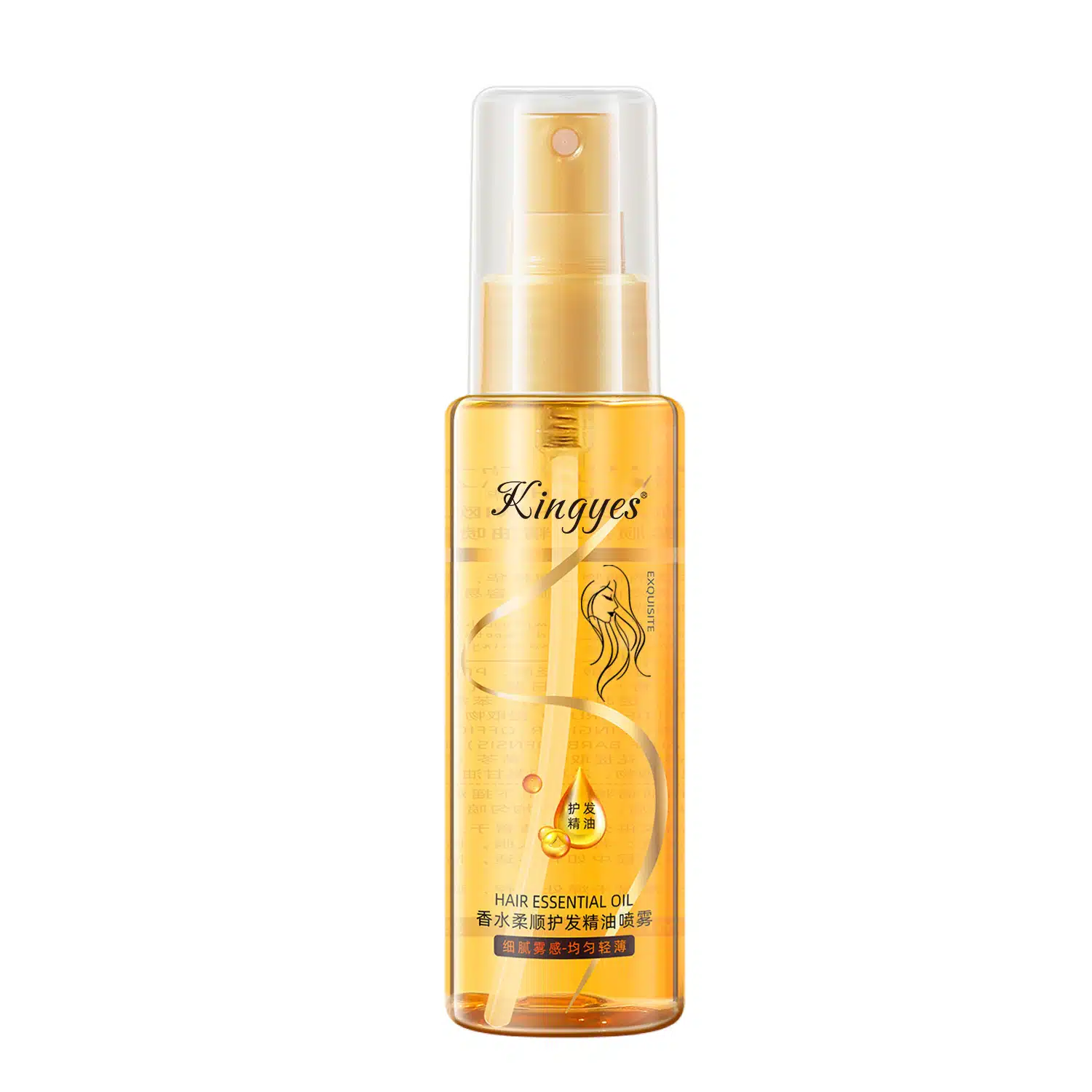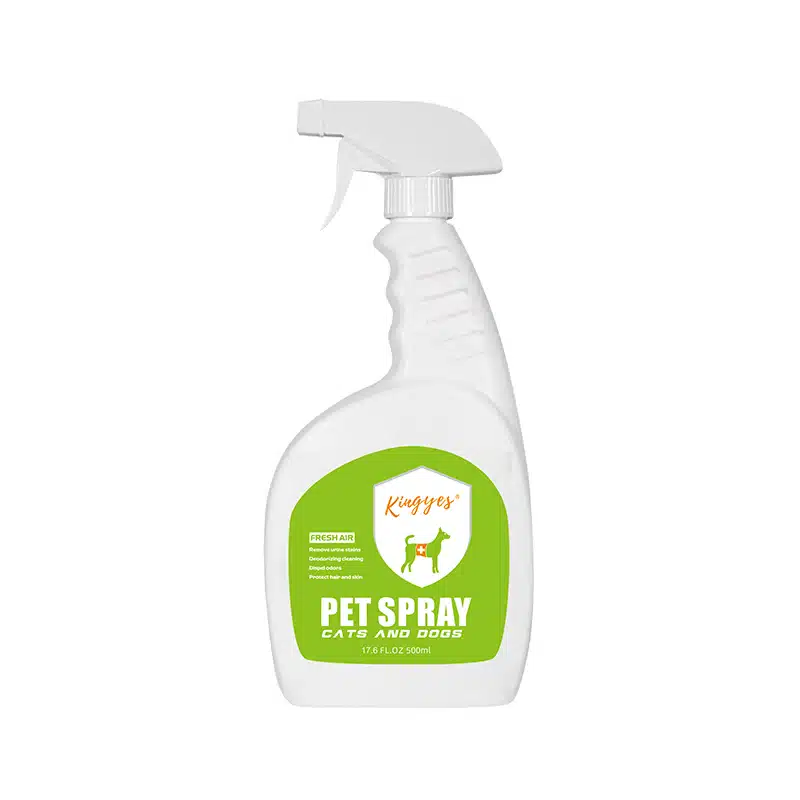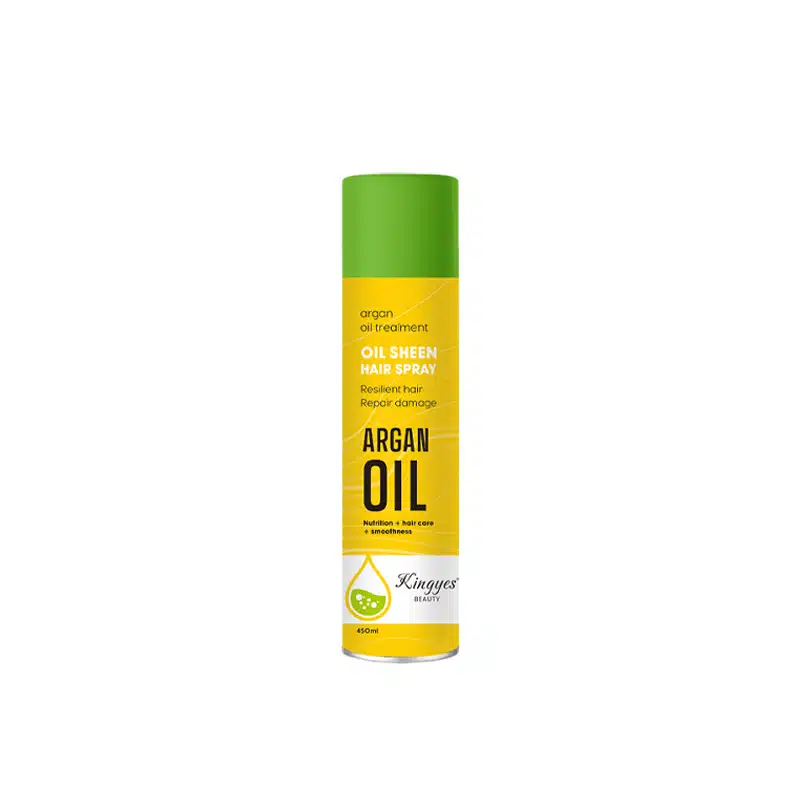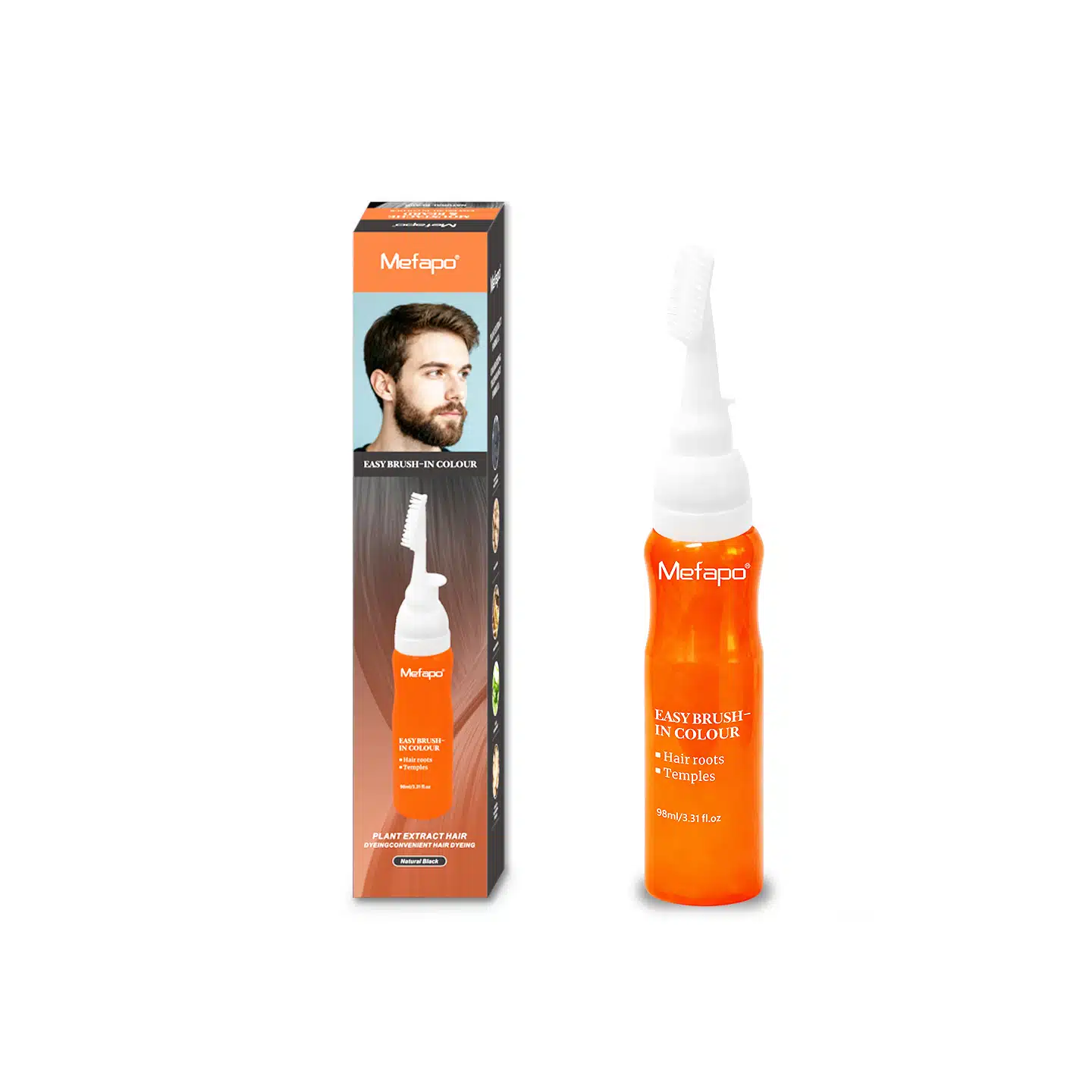
What Is Hair Product Made Of?
Table of Contents
Decoding the Mystery: What Is Hair Product Made Of?
Ever wondered what’s inside that bottle of shampoo or styling cream? Understanding what hair product is made of is crucial for making informed choices about your hair care routine. From shampoos and conditioners to styling aids and treatments, hair products contain a complex blend of ingredients that can impact the health, appearance, and style of your hair. This comprehensive guide will break down the common ingredients found in various hair products, explore their functions, and explain how they interact with different hair types. We’ll also delve into the pros and cons of synthetic ingredients versus natural alternatives, and shed light on how to choose the right products for your specific hair needs.
The Anatomy of Hair: Understanding Your Hair’s Structure
Before we dive into the ingredients, let’s take a quick look at the structure of hair. Each hair strand is composed of three main layers:
- Cuticle: The outermost layer of your hair, the hair cuticle, is made up of overlapping scales that protect the hair‘s inner layers. It plays a crucial role in regulating moisture absorption and protecting the hair shaft. When the cuticle is smooth and flat, hair appears shiny and smooth. When the cuticle is raised or damaged, hair can appear dull, frizzy, and dry.
- Cortex: The middle layer, or cortex, makes up the bulk of the hair shaft. It contains the pigment melanin, which determines hair color, and provides strength and elasticity to the hair.
- Medulla: The innermost layer, or medulla, is a soft, spongy core that is not always present in fine hair. Its exact function is not fully understood.
Understanding the structure of hair can help you appreciate how different hair products work and why certain ingredients are more effective than others. For example, products that claim to repair damaged hair often target the hair cuticle and cortex. The hair cuticle is the outermost layer of your hair.
Common Ingredients in Shampoos and Conditioners
Shampoos and conditioners are the foundation of most hair care routines. They are designed to cleanse, hydrate, and detangle the hair, preparing it for styling. Here are some common ingredients found in shampoos and conditioners:
Shampoos:
- Surfactants: These are the cleansing agents that create lather and remove dirt, oil, and product buildup from the hair and scalp. Common surfactants include sodium lauryl sulfate (SLS), sodium laureth sulfate (SLES), and cocamidopropyl betaine.
- Conditioning Agents: These ingredients help to smooth the hair cuticle, reduce frizz, and improve manageability. Examples include silicones, fatty alcohols, and quaternary ammonium compounds.
- Thickeners: These ingredients add viscosity to the shampoo, making it easier to apply and distribute through the hair.
- Preservatives: These ingredients prevent the growth of bacteria and mold in the product.
- pH Adjusters: These ingredients help to balance the pH of the shampoo to match the natural pH of the hair and scalp.
- Fragrances: These ingredients add a pleasant scent to the shampoo.
Conditioners:
- Emollients: These ingredients, such as fatty alcohols, oils, and butters, help to soften and smooth the hair. They coat the hair and help to reduce frizz.
- Humectants: These ingredients, such as glycerin and propylene glycol, attract and retain moisture in the hair. They help to hydrate the hair and prevent dryness.
- Proteins: Ingredients like hydrolyzed keratin and silk protein can help to strengthen the hair and repair damage.
- Silicones: These ingredients create a smooth, protective layer on the hair shaft, reducing frizz and adding shine. They can also help to protect the hair from heat damage.
- Acids: Ingredients like citric acid or lactic acid can help to smooth the hair cuticle and enhance shine.
Many hair care products contain a combination of these ingredients. The specific ingredients in hair products can vary depending on the type of hair they are designed for. Shampoo and conditioner are essential hair care products.
Decoding Styling Products: Gels, Mousses, Hairsprays, and More
Styling products help to shape, define, and hold hairstyles. They can add volume, texture, shine, and control frizz. Here’s a breakdown of common styling product ingredients:
- Hair Gels: Hair gel typically contains polymers that form a film on the hair, providing hold and definition. They may also contain conditioning agents and thickeners. They are often used to create sleek or structured hairstyles.
- Mousses: Mousses are lightweight foams that add volume and body to the hair. They often contain polymers, conditioning agents, and propellants that create the foam texture. They are ideal for creating volume and bounce.
- Hairsprays: Hairsprays contain polymers that create a strong hold, keeping hair in place. They may also contain alcohols, which help the product dry quickly, and conditioning agents to counteract the drying effects of alcohol. They are often used to set and finish hairstyles.
- Waxes and Pomades: These products provide a strong, pliable hold and are often used to create textured or sculpted hairstyles. They typically contain waxes, oils, and sometimes clays. They are ideal for creating textured or defined looks.
- Serums: Hair serum products are typically silicone-based and are designed to smooth frizz, add shine, and protect the hair from heat damage. They can also contain oils and other nourishing ingredients. They are often used to tame flyaways and add shine.
- Styling Creams: Styling cream products offer a lighter hold than gels or waxes and are often used to add moisture, definition, and control to curls or waves. They may contain oils, butters, and conditioning agents. They can also help to reduce frizz.
- Heat Protectants: These products create a barrier on the hair to protect it from the damaging effects of heat styling tools. They often contain silicones or other polymers that can withstand high temperatures. This can help to prevent hair breakage.
- Dry Shampoos: Dry shampoo products absorb oil and refresh the hair between washes. They typically contain starches or powders, as well as fragrance. They can also add volume to the hair.
Hairstyling products can contain a wide variety of ingredients. It is important to choose styling products that are appropriate for your hair type and desired style.
Hair Treatments: Masks, Serums, and Oils
Hair treatments are designed to address specific hair concerns, such as dryness, damage, frizz, or hair loss. They often contain concentrated amounts of active ingredients that can penetrate the hair shaft or nourish the scalp.
- Hair Masks: Hair mask products are typically thick, creamy treatments that are left on the hair for an extended period (usually 10-30 minutes) to provide deep conditioning and repair. They may contain ingredients like proteins, oils, butters, and other nourishing ingredients. They can also help to hydrate dry or damaged hair.
- Hair Serums: Hair serum products are lightweight, leave-in treatments that can address a variety of concerns, such as frizz, dryness, damage, and lack of shine. They often contain silicones, oils, and other conditioning agents. They can also help to protect the hair from environmental damage.
- Hair Oils: Hair oil can be used to moisturize, nourish, and add shine to the hair. They can be applied to damp hair or dry hair, depending on the product and desired effect. Common oils used in hair care products include argan oil, coconut oil, jojoba oil, and olive oil. You can use a carrier oil to dilute essential oils.
- Scalp Treatments: These products are designed to address specific scalp concerns, such as dryness, itchiness, dandruff, or hair loss. They may contain ingredients like salicylic acid, tea tree oil, or rosemary oil. They can help to improve the overall health of your scalp and hair.
Hair treatments can be a valuable addition to your hair care routine, particularly if you have specific hair concerns that are not addressed by your regular shampoo and conditioner. There are many different hair treatments available.
The Role of Silicones in Hair Products
Silicones are a group of synthetic polymers that are commonly used in hair care products. They are often used in conditioners, serums, and styling products. They have a variety of functions, including:
- Smoothing the Hair Cuticle: Silicones create a smooth, protective layer on the hair shaft, reducing frizz and flyaways. This can make the hair appear smoother and shinier.
- Adding Shine: Silicones reflect light, giving the hair a glossy appearance. This can make the hair look healthier and more vibrant.
- Detangling: Silicones can help to detangle the hair, making it easier to comb and brush. This can reduce hair breakage.
- Heat Protection: Some silicones can help to protect the hair from the damaging effects of heat styling tools. They form a barrier that helps to prevent moisture loss and heat damage.
- Improving Manageability: Silicones can make the hair more manageable and easier to style. They can also help to reduce drying time.
However, silicones have also been the subject of some debate. Some people find that silicones can build up on the hair over time, leading to dullness and weighing the hair down. This can make hair look lifeless. Others are concerned about the potential environmental impact of silicones, as they are not biodegradable.
Whether or not to use products containing silicones is a personal choice. If you choose to use them, it’s important to use a clarifying shampoo occasionally to remove any buildup. You should also be aware of the potential for buildup when using a hair dryer.
Natural vs. Synthetic Ingredients: What’s the Difference?
The debate between natural and synthetic ingredients in hair products is ongoing. Both have their pros and cons:
Natural Ingredients:
- Pros: Often perceived as gentler and safer for the hair and scalp. May be more environmentally friendly and sustainable. Can offer unique benefits derived from plant extracts, essential oils, and other natural sources. They are often used in natural hair products.
- Cons: Can be less effective or stable than synthetic alternatives. May be more expensive. Can still cause allergic reactions in some individuals. May not always be sustainably sourced.
Synthetic Ingredients:
- Pros: Can be engineered to deliver specific performance benefits. Often more cost-effective than natural ingredients. Can be more stable and have a longer shelf life. They are often more readily available.
- Cons: May be derived from non-renewable resources like petroleum. Can be harsh or irritating to the scalp and hair. May have negative environmental impacts. Some people prefer to avoid synthetic ingredients.
Ultimately, the choice between natural and synthetic ingredients depends on your individual preferences, hair needs, and values. Many hair care products contain a blend of both natural and synthetic ingredients. There are many products on the market that contain both natural and synthetic ingredients.
| Ingredient Category | Examples | Function in Hair Products |
|---|---|---|
| Surfactants | Sodium Lauryl Sulfate (SLS), Sodium Laureth Sulfate (SLES), Cocamidopropyl Betaine, Decyl Glucoside, Coco Glucoside | Cleansing agents that create lather and remove dirt, oil, and product buildup. SLS and SLES are strong surfactants that can be harsh and drying, while milder alternatives like Cocamidopropyl Betaine and glucosides are often used in natural or sulfate-free shampoos. |
| Conditioning Agents | Silicones (Dimethicone, Amodimethicone, Cyclomethicone), Quaternary Ammonium Compounds (Behentrimonium Chloride, Cetrimonium Chloride), Fatty Alcohols (Cetyl Alcohol, Stearyl Alcohol), Natural Oils | Smooth the hair cuticle, reduce frizz, improve manageability, add shine, and detangle. Silicones provide a protective coating, while fatty alcohols and natural oils moisturize and nourish the hair. |
| Emollients | Natural Oils (Argan Oil, Coconut Oil, Jojoba Oil, Olive Oil), Butters (Shea Butter, Cocoa Butter), Fatty Acids (Stearic Acid, Myristic Acid) | Soften and smooth the hair, add shine, and help to retain moisture. They work by filling in gaps in the hair cuticle and creating a protective barrier. |
| Humectants | Glycerin, Propylene Glycol, Panthenol (Pro-Vitamin B5), Honey, Aloe Vera | Attract and retain moisture in the hair, helping to hydrate and prevent dryness. They draw moisture from the air and hold it within the hair shaft. |
| Proteins | Hydrolyzed Keratin, Hydrolyzed Silk Protein, Hydrolyzed Wheat Protein, Soy Protein | Strengthen the hair, repair damage, and improve elasticity. They work by filling in gaps in the hair shaft and reinforcing the hair’s structure. |
| Preservatives | Parabens (Methylparaben, Propylparaben), Formaldehyde-releasing preservatives (DMDM Hydantoin, Diazolidinyl Urea), Phenoxyethanol, Benzyl Alcohol | Prevent the growth of bacteria, mold, and yeast in the product, extending its shelf life. Parabens are controversial due to potential links to hormone disruption, while formaldehyde-releasing preservatives can cause allergic reactions. Natural alternatives include benzyl alcohol and certain essential oils. |
| pH Adjusters | Citric Acid, Lactic Acid, Sodium Hydroxide | Help to balance the pH of the product to match the natural pH of the hair and scalp, which is slightly acidic (around 4.5-5.5). This helps to keep the hair cuticle smooth and prevent damage. |
| Thickeners | Xanthan Gum, Guar Gum, Cellulose derivatives (Hydroxyethylcellulose), Carbomer | Add viscosity and body to the product, making it easier to apply and distribute through the hair. |
| Fragrances | Essential Oils, Fragrance Oils | Add a pleasant scent to the product. Essential oils are natural, while fragrance oils are synthetic. Fragrances can be a source of allergens for some individuals. |
| Colorants | Natural Pigments (Henna, Indigo), Synthetic Dyes (FD&C colors), Mineral Pigments (Iron Oxides, Titanium Dioxide) | Add color to the product or the hair. Natural pigments are derived from plants or minerals, while synthetic dyes are created in a lab. Some synthetic dyes have been linked to health concerns. |
| UV Filters | Zinc Oxide, Titanium Dioxide, Octinoxate, Avobenzone | Protect the hair from sun damage, including color fading and protein degradation. Zinc oxide and titanium dioxide are physical sunscreens that reflect UV rays, while chemical sunscreens like octinoxate and avobenzone absorb UV rays. Some chemical sunscreens have been linked to hormone disruption and environmental concerns. |
| Chelating Agents | EDTA (Ethylenediaminetetraacetic Acid), Tetrasodium EDTA, Disodium EDTA | Bind to metal ions in water, preventing them from interfering with the product’s performance or causing discoloration. They can also help to remove mineral buildup from the hair. |
Understanding Hair Dyes and Relaxers
Hair dyes and relaxers are chemical treatments that alter the color or texture of the hair. They can be effective but also potentially damaging if not used correctly.
- Hair Dyes: As discussed in previous sections, hair dyes can be temporary, semi-permanent, demi-permanent, or permanent. They work by either coating the hair shaft or penetrating the hair cuticle to deposit or remove pigment. Hair dye can cause damage to your hair. It can also cause hair loss.
- Hair Relaxers: Hair relaxers are chemical treatments that permanently straighten curly or coily hair. They work by breaking the disulfide bonds in the hair, allowing it to be reshaped. Relaxers can be very damaging to the hair and scalp if not used properly. They can cause hair breakage, hair loss, and scalp irritation. They are usually used on curly hair or wavy hair.
If you choose to use hair dyes or relaxers, it’s essential to follow the instructions carefully, perform a strand test beforehand, and consider seeking professional application, especially for more complex procedures. You should always follow the instructions carefully. You should not make hair dyes or relaxers at home.
Choosing the Right Products for Your Hair Type
Selecting the right hair products for your hair type is essential for achieving healthy, beautiful hair. Here are some general guidelines:
- Fine Hair: Look for lightweight, volumizing shampoos and conditioners that won’t weigh your hair down. Avoid heavy oils or styling products that can make fine hair look greasy.
- Thick Hair: Thick hair can benefit from moisturizing shampoos and conditioners that help to tame frizz and add shine. Heavier oils and styling products can be used to add definition and control.
- Curly or Coily Hair: Curly hair and coily hair tend to be drier and more prone to breakage, so look for hydrating shampoos and conditioners that are specifically formulated for curly hair. Curly hair products often contain ingredients that enhance curl definition and reduce frizz. There are many curly hair products available.
- Straight Hair: Straight hair can be prone to oiliness, so look for shampoos that cleanse effectively without stripping the scalp of its natural oils. Lightweight conditioners and styling products can help to add volume and texture. There are many products available for straight hair.
- Color-Treated Hair: Color-treated hair requires special care to maintain its vibrancy and prevent damage. Look for shampoos and conditioners that are specifically formulated for color-treated hair. These products often contain ingredients that help to seal the hair cuticle and prevent color fading.
- Damaged Hair: Damaged hair can benefit from products that contain proteins, such as keratin, to help repair and strengthen the hair shaft. Hair masks and deep conditioners can also help to restore moisture and improve elasticity. Look for products that are designed to nourish the hair.
- Dry Hair: Dry hair needs extra moisture. Look for shampoos and conditioners that contain hydrating ingredients like natural oils and butters. Avoid products that contain sulfates, which can further dry your hair.
- Oily Hair: Those with oily hair should look for products that help to regulate oil production on the scalp. Shampoos containing tea tree oil or salicylic acid can be helpful.
- Sensitive Scalp: If you have a sensitive scalp, look for products that are fragrance-free, hypoallergenic, and formulated with soothing ingredients like aloe vera or chamomile. You should avoid products that contain harsh chemicals.
It’s important to experiment with different products to find what works best for your hair. You may need to adjust your hair care routine based on the season, your activity level, and any changes in your hair’s condition. You should also consider your hair length.
The Impact of Product Buildup
Product buildup occurs when hair products, oils, and environmental pollutants accumulate on the hair and scalp over time. This buildup can lead to a number of issues, including:
- Dull, Lifeless Hair: Product buildup can weigh down the hair and make it appear dull and lifeless. This is a common issue for those who use a lot of styling products.
- Difficulty Styling: Hair that is coated in buildup can be difficult to style and may not hold a style as well.
- Scalp Irritation: Buildup can irritate the scalp, leading to itching, flaking, and redness. This can be similar to dandruff.
- Dryness: Ironically, product buildup can actually prevent moisture from penetrating the hair shaft, leading to dryness and brittleness.
- Hair Breakage: Hair that is weighed down and dry is more prone to breakage.
To prevent product buildup, it’s important to:
- Use a Clarifying Shampoo: Clarifying shampoos are designed to remove buildup from the hair and scalp. Use them once or twice a month, or as needed.
- Shampoo Properly: Make sure you are thoroughly cleansing your scalp when you shampoo. Use your fingertips to massage the shampoo into your scalp and along the hair shaft.
- Rinse Thoroughly: Rinse your hair thoroughly after shampooing and conditioning to ensure that all product is removed.
- Don’t Overuse Products: Avoid using too many styling products, and make sure to wash them out regularly. You should only use the amount of product that you need.
By following these tips, you can help to prevent product buildup and keep your hair and scalp healthy. It is important to keep hair healthy.
The Future of Hair Product Ingredients
The hair care industry is constantly evolving, and the ingredients used in hair products are no exception. Here are some trends that are shaping the future of hair product ingredients:
- Increased Demand for Natural and Organic Ingredients: Consumers are increasingly seeking out hair products made with natural and organic ingredients. This trend is driven by concerns about the potential health and environmental impacts of synthetic chemicals. The use of natural ingredients is becoming more popular.
- Focus on Sustainability: Sustainability is becoming a major focus in the hair care industry, with brands prioritizing sustainable sourcing, ethical production practices, and eco-friendly packaging. This is likely to continue in the coming years.
- Biotechnology: Biotechnology is playing an increasingly important role in the development of new hair product ingredients. For example, some companies are using fermentation to produce sustainable alternatives to traditional ingredients.
- Personalized Hair Care: Advances in technology are enabling the development of personalized hair care products that are tailored to individual hair types, concerns, and preferences. This is likely to become more common in the future.
- Focus on Scalp Health: There is a growing understanding of the importance of scalp health for overall hair health. This is leading to the development of more products that specifically target the scalp. Scalp and hair health are closely linked.
As the hair care industry continues to evolve, we can expect to see even more innovative and sustainable ingredients and formulations in the years to come. Consumers will have more choices than ever before. The hair care industry is constantly changing.
Key Takeaways:
- Understanding the ingredients in your hair products is essential for making informed choices about your hair care routine. You need to research ingredients in hair products.
- Shampoos and conditioners contain a variety of ingredients, including surfactants, conditioning agents, thickeners, preservatives, pH adjusters, and fragrances.
- Styling products use polymers, waxes, oils, and other ingredients to provide hold, definition, texture, and shine. They are used to create different hairstyles.
- Hair treatments often contain concentrated amounts of active ingredients to address specific concerns like dryness, damage, or frizz. You might need to use a hair mask or a hair serum.
- Silicones are commonly used in hair products to smooth the hair cuticle, add shine, and provide heat protection, but they can also cause buildup. You should clarify your hair regularly if you use products that contain silicones.
- Natural ingredients are often perceived as gentler and more environmentally friendly, while synthetic ingredients can offer specific performance benefits and cost-effectiveness. You need to consider the pros and cons of each.
- Hair dyes and relaxers are chemical treatments that can alter the color or texture of the hair but can also be damaging if not used correctly. You should always follow the instructions carefully when using these products.
- Choosing the right products for your hair type is crucial for achieving healthy, beautiful hair. You need to consider your hair needs when choosing products.
- Product buildup can lead to dull, lifeless hair, difficulty styling, scalp irritation, dryness, and breakage. You need to choose products that are designed for your hair type.
- The future of hair product ingredients is likely to be shaped by increasing demand for natural and organic options, a focus on sustainability, biotechnology, personalized hair care, and a greater emphasis on scalp health. You need to stay informed about the latest trends in the hair care industry.
By understanding what goes into your hair products, you can make more informed choices that benefit both your hair and the environment. As the hair care industry continues to evolve, we can expect to see even more innovative and sustainable options in the years to come. The hair care industry is constantly developing new products. It is important to choose hair products that are right for your hair type. There are many products on the market that are designed for different hair types. You should choose products that are designed to address your specific hair needs. This might include products that are designed to protect the hair from damage. It might also include products that are designed to nourish the hair. You should choose hair products that are designed to keep your hair healthy. You should also choose products that are designed to make hair look and feel its best. You might want to use products that are designed to make the hair softer and shinier. You might also want to use products that are designed to add volume or texture to your hair. There are many hairstyling products available. It is important to choose products that are right for your hair type and the style you want to achieve. You should also consider the ingredients in the products you use. Some ingredients can be harsh and damaging to your hair. You should choose products that are made with gentle, nourishing ingredients. You should also choose products that are free from harsh chemicals. There are many natural hair products available. These products are often made with plant-based ingredients. They are often gentler on the hair and scalp than traditional hair products. They are also often more environmentally friendly. It is important to choose hair products that are right for your individual needs and preferences. You should experiment with different products to find what works best for you. You should also consult with a hair stylist if you are unsure about which products to use. They can offer advice and recommendations based on your hair type and concerns. There are many different hair products available, so it is important to do your research before making a purchase. You should also read reviews from other consumers to get an idea of their experiences with the products. By choosing the right hair products, you can keep your hair healthy, beautiful, and looking its best. You can also use hair products to achieve different hairstyles. There are products that are designed to add volume, texture, or hold to your hair. You can also use products to create different looks, such as curls, waves, or straight hair. It is important to choose products that are right for your hair type and the style you want to achieve. You should also experiment with different products to find what works best for you. There are many different hair products on the market, so it is important to do your research before making a purchase. You should also read reviews from other consumers to get an idea of their experiences with the products. By choosing the right hair products, you can keep your hair healthy, beautiful, and looking its best. You can also use hair products to achieve different hairstyles. There are products that are designed to add volume, texture, or hold to your hair. You can also use products to create different looks, such as curls, wavy hair, or straight hair. It is important to choose products that are right for your hair type and the style you want to achieve.
Comments
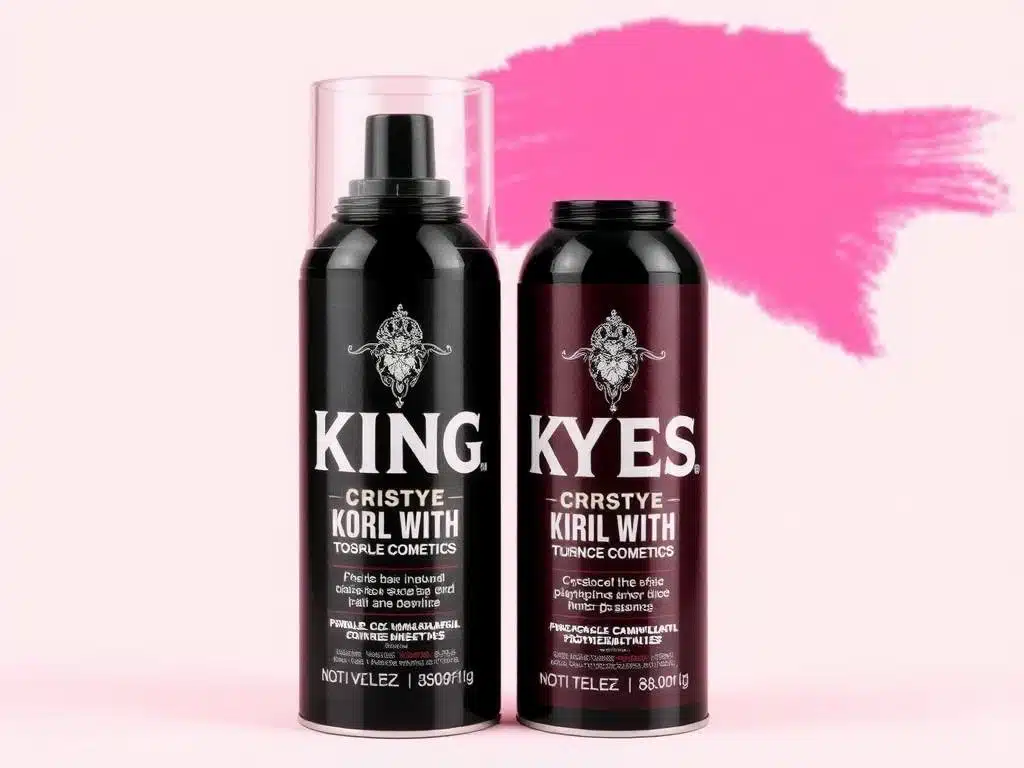
How To Sell Cosmetics On Tiktok?
Want to tap into the viral power of TikTok to boost sales for your cosmetics brand?

What Are The 4 Types Of Hair Color?
When it comes to enhancing your look, hair color plays a pivotal role.
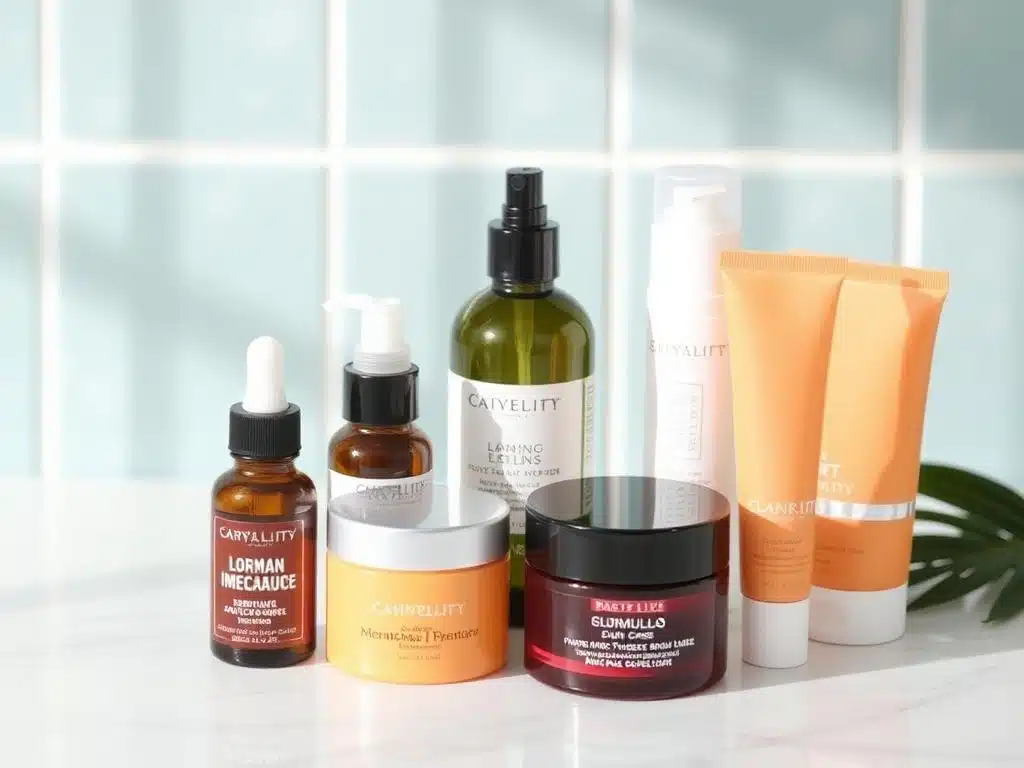
How Do I Create My Own Beauty Products?
This article provides a comprehensive, step-by-step guide for aspiring beauty entrepreneurs on how to create their own line of beauty products, from initial concept to launching a successful beauty brand.
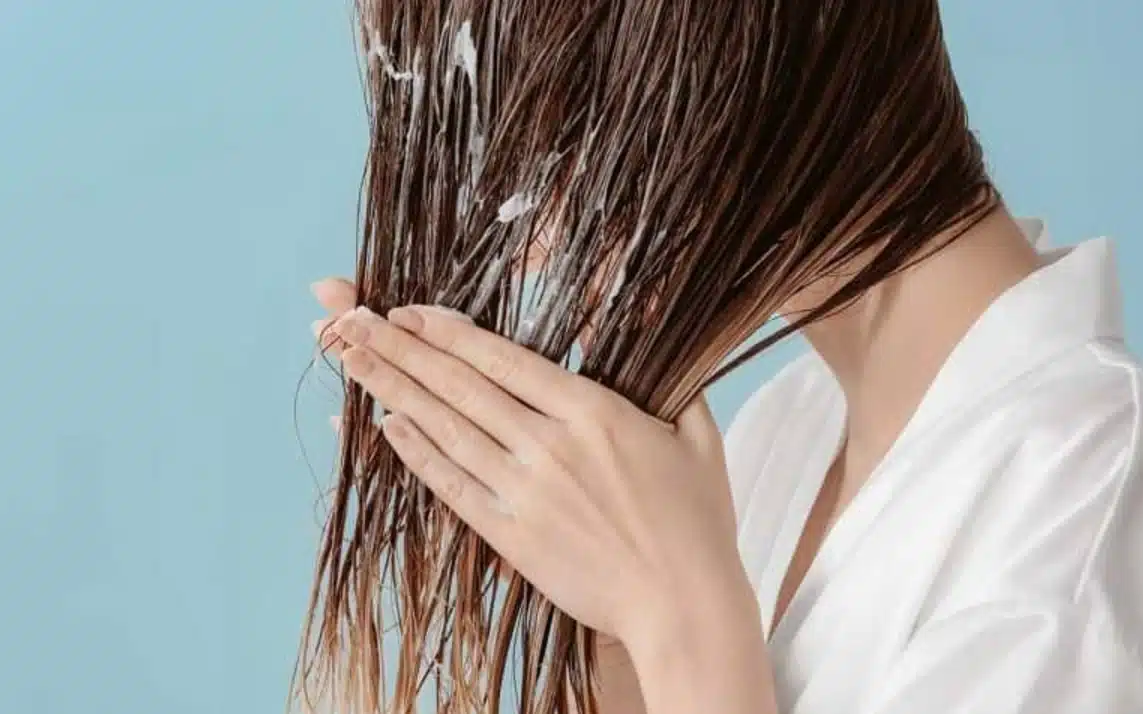
What Hair Type Is Mousse Best For?
Ever wondered which hair mousse is perfect for your hair type?
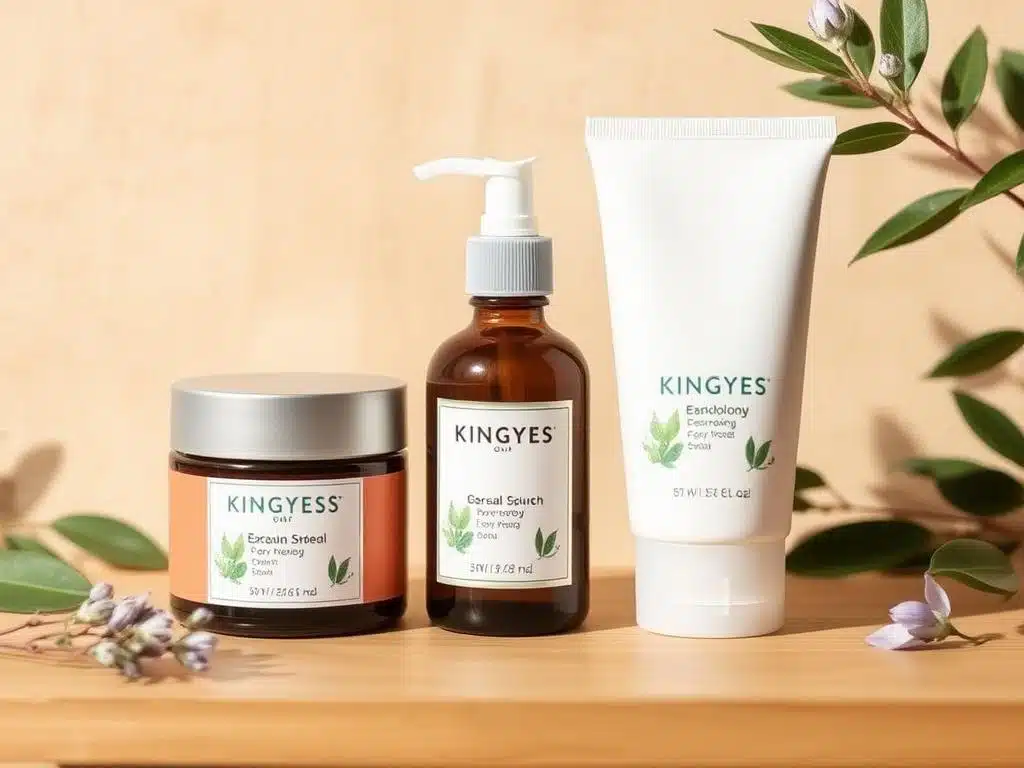
What Product Is Not Environmentally Friendly?
“Eco-friendly” has become a buzzword, but are the products marketed with this label truly better for the environment?
- +86 151 1839 7303
- [email protected]
- Mon-Sun 07:00-23:00
Tags
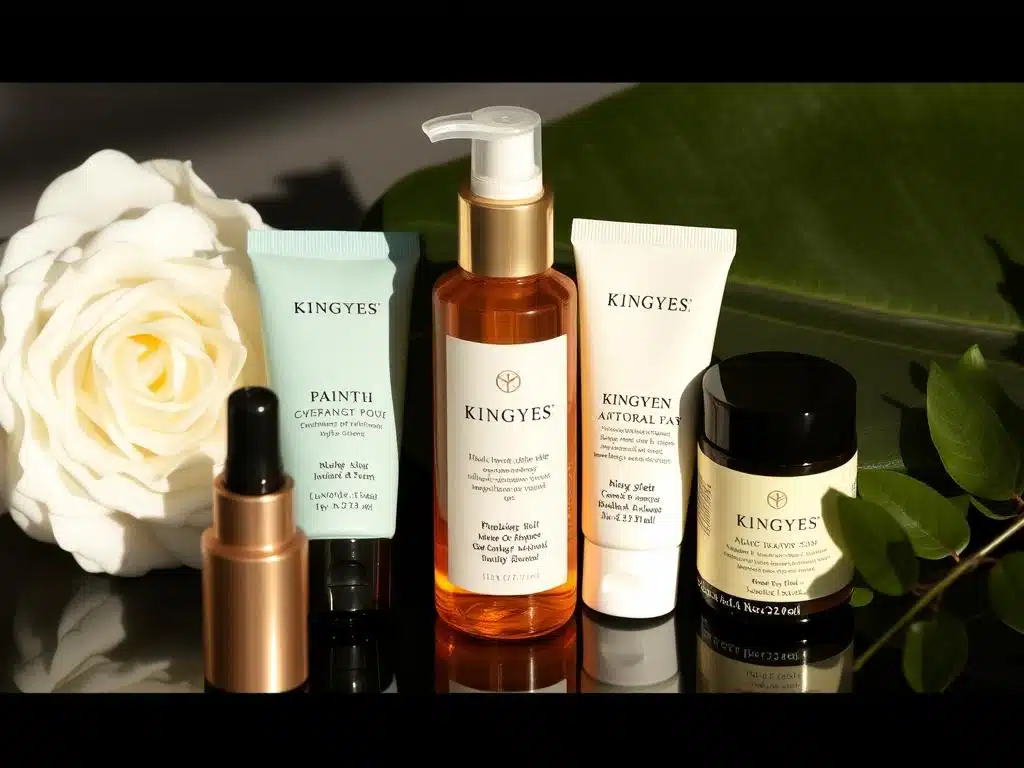
How To Sell Cosmetics On WeChat?
Are you ready to tap into the world’s largest beauty market?

How To Sell Cosmetics On Shopee?
Looking to sell cosmetics and tap into the booming e-commerce market of Southeast Asia?
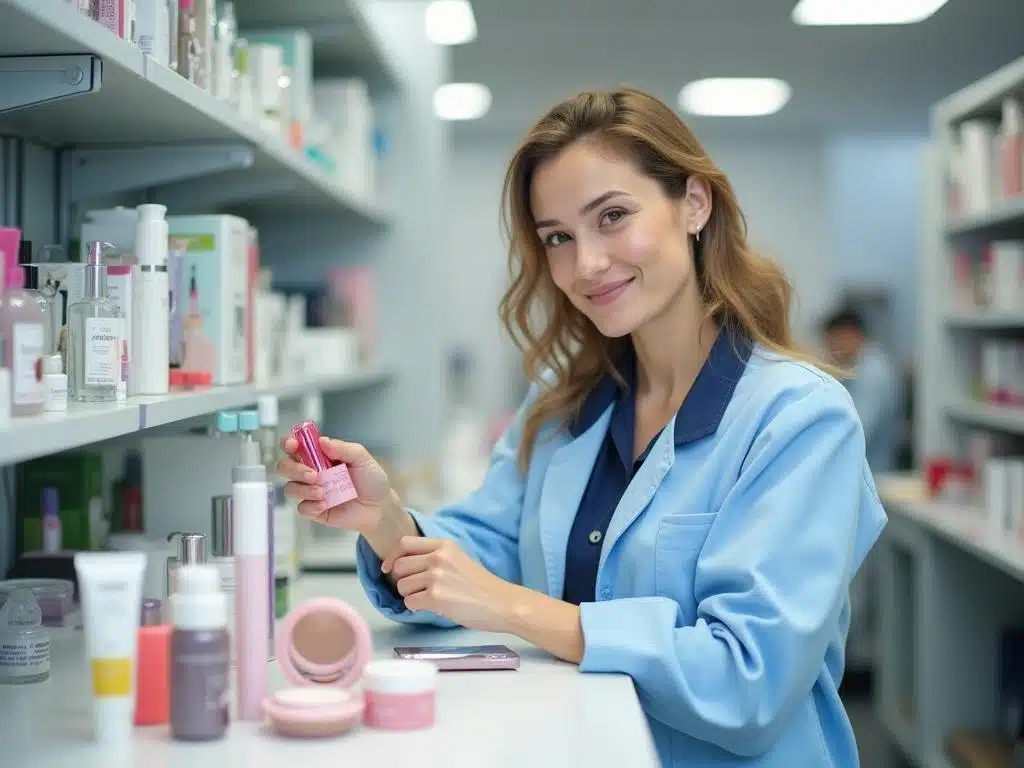
How To Cooperate With Cosmetics Factories?
In the dynamic and competitive beauty industry, partnering with the right cosmetic manufacturer is paramount to the success of your cosmetics business.

